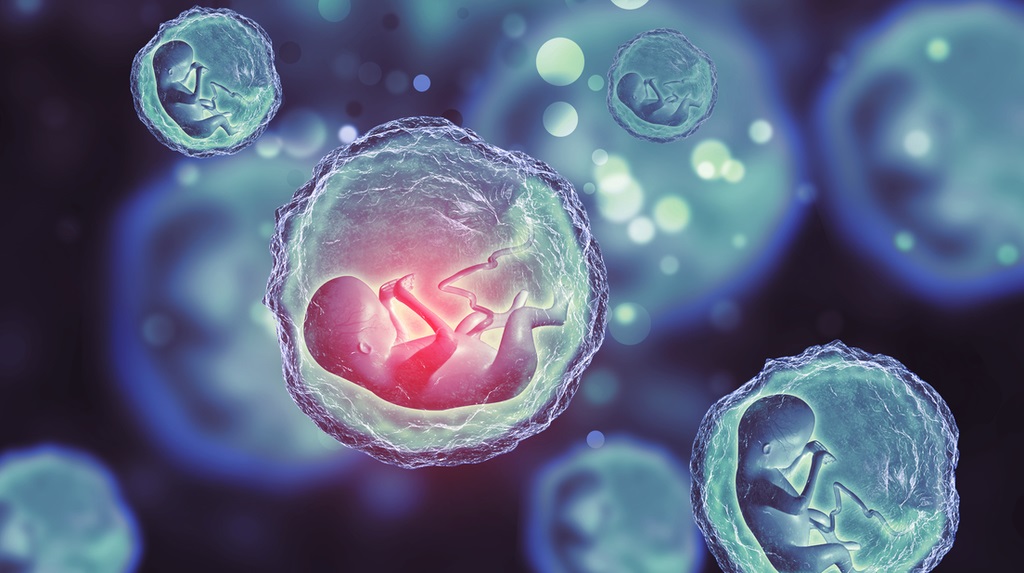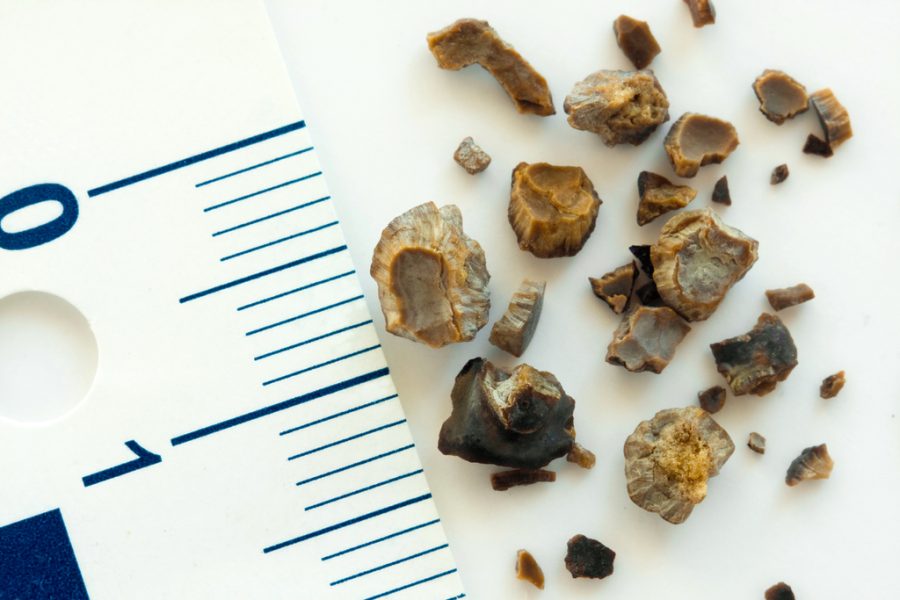Chinese scientists developed ultrasensitive organic phototransistors suitable for applications in flexible and wearable optoelectronic devices.


Chinese scientists developed ultrasensitive organic phototransistors suitable for applications in flexible and wearable optoelectronic devices.

A photosensitive hydrogel has shown promise in healing spinal cord injuries.

OCT provides in vivo detection of bacterial biofilms in critical care patients to reduce the incidence of ventilator‐associated pneumonia.

A new silicon-based light-emitting diode (LED) is developed, and provides a solution in the manufacturing of better LEDs.

Researchers apply optical coherence microscopy to create in vivo images of the preimplantation developmental process in mice.

French scientists report on their new findings on fragments and dust after holmium laser lithotripsy with and without ‘Moses technology’ applied to urinary stones.

Thomas P. Russell shares the highlights of his career, current research focus, and his thoughts on the future of materials science.
![Improving the Sensitivity of Fluorescence-based Immunoassays [Video]](https://www.advancedsciencenews.com/wp-content/uploads/2019/03/smll201803751_ASN_image-e1553596622376.jpg)
A novel photobleaching method to reduce the autofluorescence of magnetic beads, improving the analytical performance of fluorescence‐based immunoassays.

Researchers from the Chinese Academy of Sciences have prepared all-metallic metasurfaces as wide-angle microwave diffusers.

Leti has developed a novel retinal-projection concept for augmented reality (AR) uses based on a combination of integrated optics and holography.